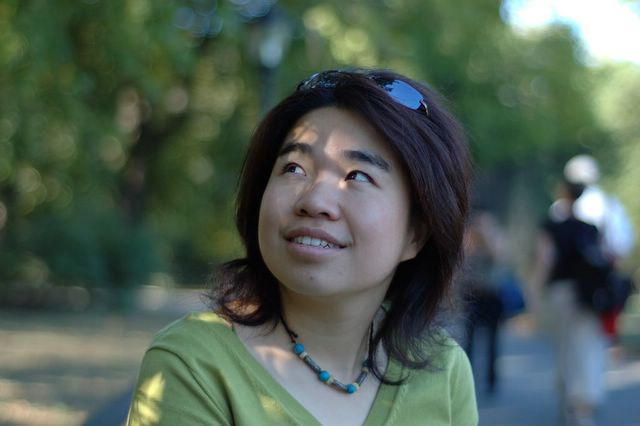2006年2月23日星期四
post of Prof.Gelman's blog on David Stork's hypothesis.
http://www.stat.columbia.edu/~gelman/blog/
http://webexhibits.org/hockneyoptics/
Did the great masters cheat using optics? Computer vision addresses a debate in Renaissance art history
I saw David Stork give yesterday the best talk I've ever seen. Here's the abstract:
In 2001 artist David Hockney and scientist Charles Falco stunned the art world with a controversial theory that, if correct, would profoundly alter our view of the development of image making. They claimed that as early as 1420, Renaissance artists employed optical devices such as concave mirrors to project images onto their canvases, which they then traced or painted over. In this way, the theory attempts to explain the newfound heightened naturalism of painters such as Jan van Eyck, Robert Campin, Hans Holbein the Younger, and others. This talk for general audiences, lavishly illustrated with Renaissance paintings, will present the results of the first independent examinations of the projection theory. The analyses rely on sophisticated computer vision and image analysis algorithms as well as computer graphics reconstructions of Renaissance studios. While there remain some loose ends, such rigorous technical analysis of the paintings, infra-red reflectograms, modern reenactments, internal consistency of the theory, and alternate explanations allows us to judge with high confidence the plausibility of this bold theory. You may never see Renaissance paintings the same way again.
P.S. Commenter John S. points out this fascinating website on the topic. Here's a summary of Stork's findings.
订阅:
博文评论 (Atom)


没有评论:
发表评论